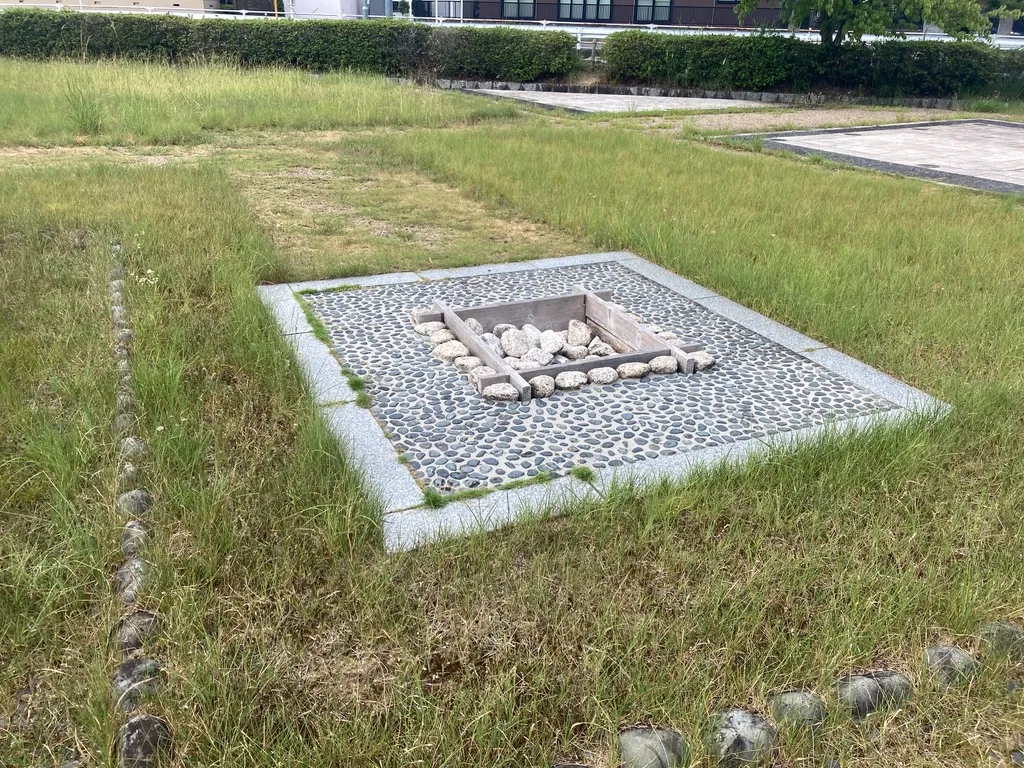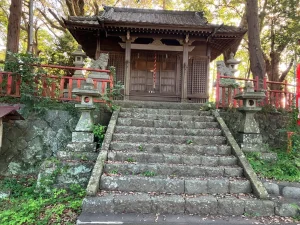This article was created using a translator. There may be expressions that are difficult to understand. If you have any questions, please check by yourself.
Please consult us about anything related to Fujieda City.
CONTACTThis time, it will be the first place I visited after moving to Fujieda City.
It is the Shida County Office Museum, a nationally designated historical site. I think that even the citizens of Fujieda are not familiar with this place.
I call it the Parthenon of Fujieda.
What’s Shida County Office Museum?
Shida-gunga Museum is an exhibition of Shida-gunga, a county office site of the Nara and Heian periods, from its discovery to its restoration approximately 1,300 years ago. The “Gun” seems to be a unit of local administration in ancient Japan. Incidentally, the officials of the “counties” were called “Gunji”.
Simply put, this is where the county office was located about 1,300 years ago.
By the way, it seems that Shida-gun-o was discovered in 1977. It was discovered when they were preparing a plot of land to add an apartment complex. A well, a gate, and ink writing on earthenware (bokusho-doki) were excavated, and the construction of the housing complex was stopped and the area was developed as a historic site park.
Shida County Office Museum
Shida county office museum and Shida county office ruins appear in a residential area. Shida county office ruins is a nice open space by itself.
The museum is free of charge and anyone can enter. ↓Museum


Mr. Kiryu, who manages this museum, enthusiastically explained the museum to us. Fujieda City has a strong image as a post town on the Tokaido Highway, but in fact, traces of the Heian period still remain! he said, full of love.
It is true that the wood used for wells is still on display, as are the inked earthenware vessels. By “as is,” I mean that they are not replicas, but the originals as they were at the time.
It’s amazing when you think about it calmly💦.


The wood used for the well is easy to see in the restored version. It has the same shape.

The museum also exhibits replicas of products from this area that were delivered to the capital during the Nara and Heian periods.


Mr. Kiryu explained.

At the entrance to the museum, there is a mini excavation area where children can experience excavating.
What surprised me was that it was not real sand, but sand made of plastic.

Ruins of Shida County Office
After leaving the museum, you can see restored buildings and other structures in a large area. The Parthenon, as I call it, is also there.



This Parthenon is a “hottate-bashira” (hottate-building), which is a floor-hanging building.
It seems that floor-hung (boarded) buildings have been seen since just after the Heian period (794-1185). I got this information from the Internet, so please let me know if I am wrong.
This is also one of the hottate-bashira buildings, but it seems to have been built apart from the other buildings and given special consideration.
It must have been an important building.



This is the well that was also restored in the museum. It seems that various things were excavated from this well.
And there is a board fence surrounding it. The construction of this board fence is said to be very valuable. It is made of only rope and wood.


It’s a little hard to believe that there was a building like this here about 1,300 years ago.
I wonder what people were into and what was popular back then?
I was just thinking back to 1,300 years ago.
Name:Shida County Office Museum
Hours: 9:00 – 17:00 (admission until 4:30 p.m.)
Closed: Mondays, days following national holidays, year-end and New Year holidays
Contact: Fujieda City Cultural Properties Division
054-645-1100 メール
Fee: Free of charge
Address: 1-12 Minami-Surugadai, Fujieda-shi, Shizuoka 426-0078










